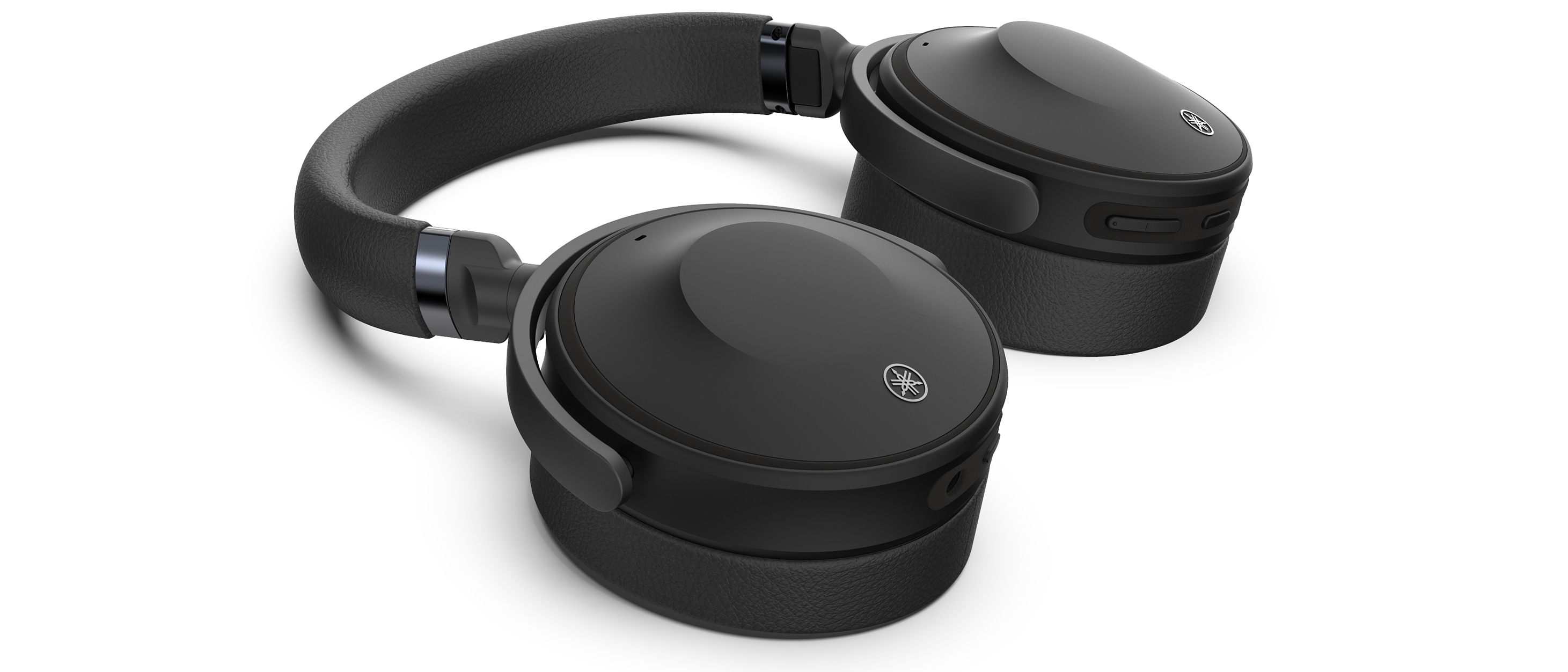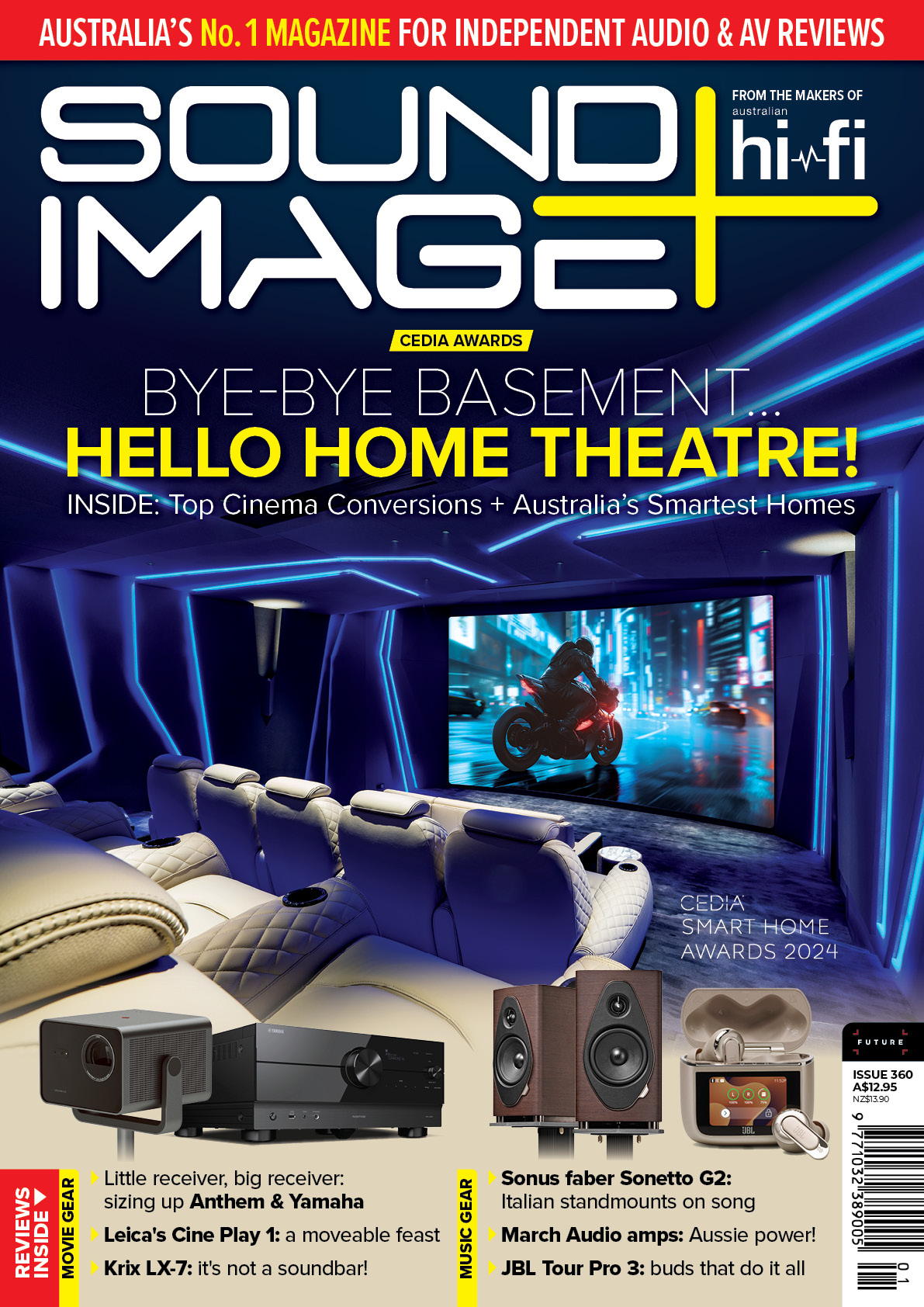Sound+Image Verdict
Although it may take some tweaking to get the right settings on these Yamaha cans, once you do you'll be pleased with the gorgeous audio with its clear headroom and ability to go loud without sacrifice. It lacks some of the premium features of its pricepoint competition, but focuses instead on the sound quality.
Pros
- +
Great sound quality
- +
ANC optimises audio
- +
Nice awareness mode
Cons
- -
Listening optimiser did little
- -
Slight bloat without ANC
Why you can trust What Hi-Fi?
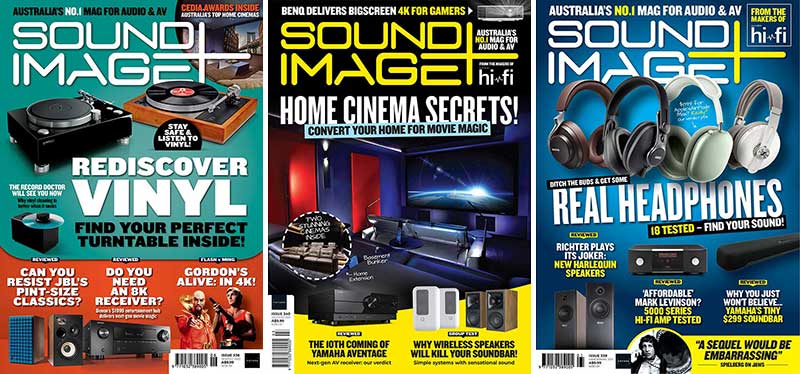
This review originally appeared in Sound+Image magazine, one of What Hi-Fi?’s Australian sister publications. Click here for more information on Sound+Image, including digital editions and details on how you can subscribe.
Why don’t Yamaha’s headphones get more attention? They’ve got the cachet of an established Japanese audio brand. They have the track record – including a number of Sound+Image Awards in recent years. Yet they don’t often seem to make the recommendations lists that are stocked with the more usual candidates.
Perhaps that will change with this move into the mainstream category of wireless noise-cancelling headphones, introducing this YH-E700A, launching at what can now (thanks to Apple’s eye-watering expensive AirPods Max) be called a midrange price of AU$499.
Build and features
The YH-E700A are substantial headphones, their earcups 90mm in diameter, fully circumaural and spaciously so, with leatherette-covered foam earpads that are 25mm thick, sealing firmly yet lightly around the ears.
While these earpads were very comfortable, we needed a tad more extension to the headband for our admittedly fairly large head: we had to pull the Yamahas down to get them fully centred on the ears, so that the padded headphone band pushed a little hard on the top pressure point.
The headphones both pivot and swivel, so they tuck away neatly into their hard carry-case, noting only that this case itself is substantially larger than those of competitors such as Sony and Bose, simply because the Yamaha headphones are so much more substantial.
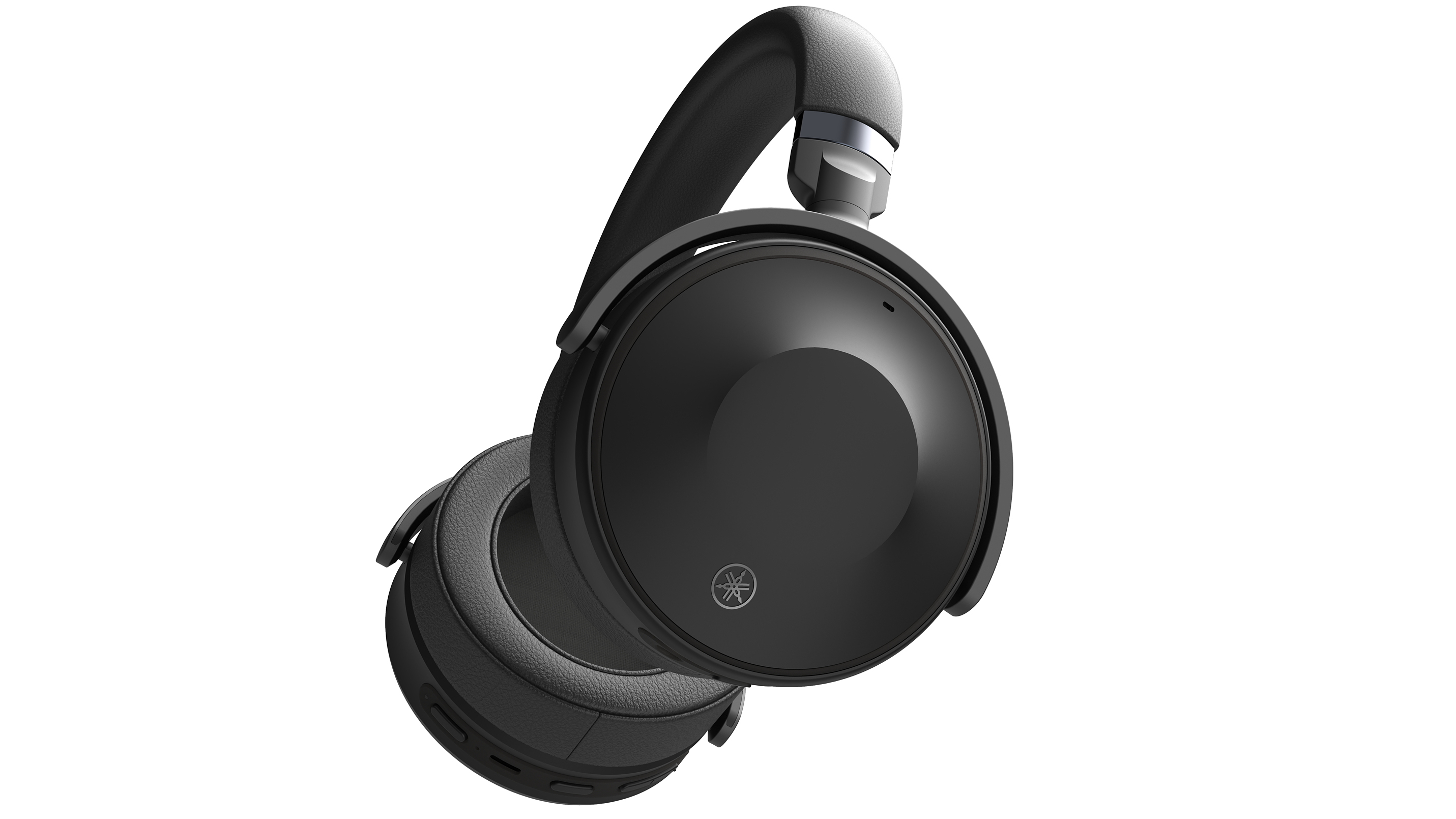
The optional cable connection socket and ANC button are on the left headshell, with the ANC button shuttling between ANC on, ANC off and Ambient mode, the last of which adds surrounding sound to music playback. T
he right headshell hosts the power button, which invokes an announcement of battery level when turning on; there’s also the play/pause/answer call button (there is a microphone for making calls, as well as external and internal mikes for noise cancellation). Volume up/down operates using a small rocker switch which we found a little fiddly in use, and finally the USB-C charging socket lies amongst all these controls.
There’s an app available but it’s not essential for operation, and there’s little of the smart functionality in vogue on some competitors, such as auto-pause when you lift an earcup, or large touch surfaces on the housing, or even EQ available; nothing like that. We have to say we didn’t miss them. Yamaha seems to have music quality as its primary goal, and who would argue with that?
There is, however, the very latest of Qualcomm’s aptX Bluetooth codecs available here – aptX adaptive. This aims to deliver the higher resolution of aptX HD in a more robust way, while also incorporating the advantages of aptX Low Latency, a codec which it will apparently replace. If your sending device (phone, tablet or laptop) doesn’t support yet aptX Adaptive, the codec is back-compatible with both standard aptX and aptX HD. The AAC codec is also onboard, benefitting Apple device users.
Listening
It was immediately obvious that the sound here was of fine hi-fi quality in terms of detail and imaging, the spacious headshells assisting delivery of a realistic portrayal of voices and instruments, the highs smooth, the midrange rich, the bass full. Indeed the upper bass seemed perhaps too full.
We played a 1971 BBC John Peel recording of Led Zeppelin at the Paris Theatre in Lower Regent St, London, and such BBC sessions are famously lean and clinical. Yet a warm smear of bass surrounded John Paul Jones’ lively runs through the more energetic portions of What Is And What Should Never Be, even though the overall sound was wonderfully expansive and real, the straightforward clarity of recording putting each of the four in their place (though with Bonham’s drums not nearly forward enough in this reserved BBC mix).
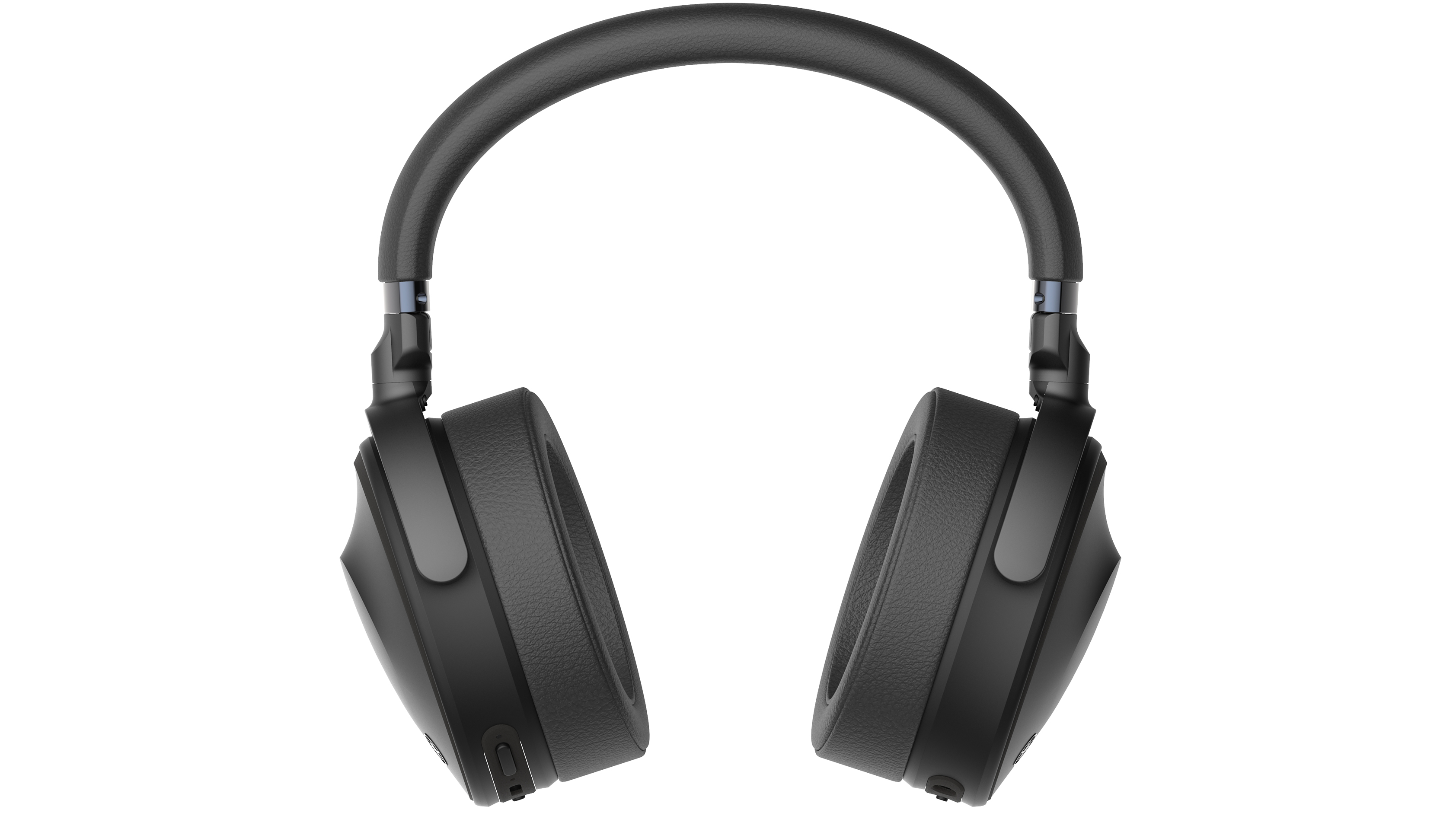
This balance persisted whatever we played. It was not over-tilted toward the bass, exactly, rather an aura of spread in the upper bass, much as might be delivered by too much deep reverb being loaded onto a master track, or received by sitting in the back rows of a hall under the balcony, and with the same overall effect of a surrounding sogginess. This cloud of reverberation had a secondary effect of masking ambience in a recording, especially concert hall recordings.
For several weeks we listened to this balance, impressed by the general clarity and timing and realism, but weighed down by the soggy bottom. Only then did we think to turn on noise cancellation, which had been off all this time. Owing to the Covid flow of life, we had not yet had any opportunity to visit anywhere sufficiently noisy to demand it.
ANC is the answer
One press of the ANC, a voice notification of “noise cancel”, and that bass bloat was banished. The noise cancellation this invoked was strong, to the extent of including with its quietening merits just a little of the eyeball-sucking pressure difference effect which strong ANC can bring as a by-product. But it was an immediate antidote to that soggy bass.
Yamaha’s literature labels its process as ‘advanced ANC’ which it claims “takes a new approach, suppressing ambient noise without applying any processing to the music signal.” This desirable course is then, however, contradicted: “The signal collected by the inner microphone analyzes the noise, calculating what should be removed from the playback music signal so that only noise is erased.” Which is what noise-cancelling has always done – and of course in doing so it is processing the playback music signal.
But in terms of sonic balance, the ANC setting is a complete success. Perhaps Yamaha’s engineers, noting the common thinning effect of noise-cancellation, have rebalanced the DSP in compensation, thereby adding exactly that bass notch which had dogged our non-ANC listening.
Many users will likely never turn off ANC, in which case they will get the best available balance here from wireless operation. It removed all our early concerns, making the sound far more tight and punchy. Back in Black kicked off with a solid flab-free kick-drum and powered through with its crunchy wide-panned guitars and Johnson’s wailing clear in the centre, the vocal ADT and occasional actual double-tracking kept clearly discernable throughout the banging backing.
And no shortage of level here; the Yamahas seemed to go beyond the levels at which some Bluetooth headphones top out – you get a little double-peep when you hit the limit but otherwise no annoying beep with every press, as do so many rivals. What’s more, the sound held together right to the top; these are headphones designed to work at the extremities where others start flattening out.
App tweaks
There are two more slices of audio manipulation going on, and these are unavailable for adjustment until you install Yamaha’s app, which is called ‘Headphones Controller’. This allows firmware updates, links to the product manual online, toggles through the noise-cancelling and ambience modes via touchscreen, and gives you access to two further toggleable functions not available directly from the headphones: Listening Care, and Listening Optimizer.
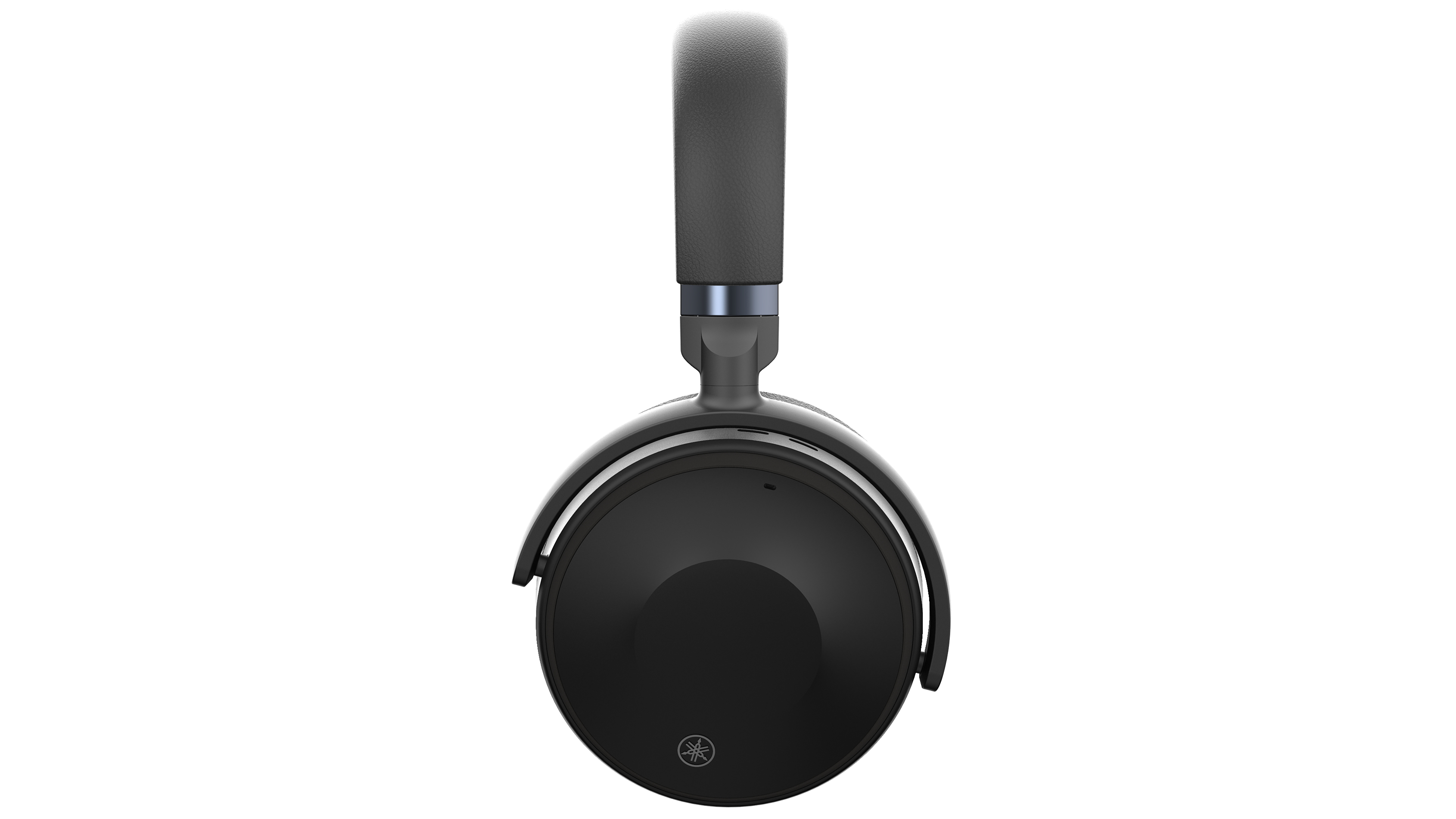
The first of these aims to correct the sound balance to account for the ear’s higher sensitivity to midrange as volume decreases, “as well as how things sound differently in different listening environments”. We’re not sure what it would do for the latter, but the former would presumably be addressed by lifting the bass and higher frequencies as the volume is decreased.
We rarely listen quietly ourselves, though ear doctors would undoubtedly recommend doing so, so we dialled down the level to very quiet and tried this option: we couldn’t pick any effect up in the higher echelons, but Chris Squire’s bass on the ‘Yessongs’ version of Siberian Khatru was definitely given additional emphasis, enriching the overall balance. So a function worthwhile having, if you listen quietly.
‘Listening Optimizer’, meanwhile, operates at all levels, the manual saying it “analyzes the audio in real time and adjusts the sound quality to best match how this product fits on your ears and your ear shape”. How does it do that – camera systems inside the headphones? (Don’t laugh: Sony has a system where you use your phone to take pictures of your ears, the sound then adjusted accordingly with much talk of head-related transfer functions, not that we can attest to any remarkable effect therefrom.)
But no, here it seems Yamaha is simply using the internal ear-centred microphone (presumably the same one used for adaptive noise-cancelling) to take measurements every 20 seconds to check the effect of the seal around the headphones, comparing the signal from the microphone to the playback source. And it does this for each ear. It then applies correction gradually over the next five seconds, before repeating the sequence 20 seconds later.
If the ear shape is involved in this at all, it would only be in how the microphone detects it as affecting the spread of sound within the earcup, and since the microphone is described as “in-ear” and so central, we suspect the effect of earshape would be exceedingly minimal.
What you should be aware of is that these two functions seemed to be on by default, and you will need the app installed and connected to check the effect of turning them off. The first was useful as noted, while Listening Optimizer seemed benign – we hadn’t previously noticed any ongoing correction of sound, and when we tried toggling it on and off (with a 25-second wait each time for it to operate) we couldn’t discern any effect at all, even when we deliberately created adverse seal conditions.
Unusual ambience
In our sonically-gentle home environment, especially out on the deck, we became rather enamoured of the third option selected by pressing of the ANC button – “ambient sound”, which lets the outside sound in. This was delivered without the often microphonic effect of ambient settings; this felt more like wearing an open headphone, connected to the environment by the sound of the wind in the white cedar or an occasional squawking lorikeet – and without the outward spill of an open-backed headphone that might distress someone else who is languishing sans cans on that same balcony.
Previously we’ve only considered ambient modes for airport announcement or inflight meal service. But here there was little ill effect other than slight bass accentuation, somewhere between the reverbed-up non-ANC and tighter ANC sounds. Only when the wind blew especially hard did we get some wind-on-mike pops which had us returning to true isolation. An unusual enlightenment here.
We also listened using the cable, which can be used with the headphones powered up or not. Without power, the sound was awful, like someone had thrown a thick sack over each earpiece, so while this mode may be a useful fallback if the batteries run dry after their quoted 35 hours of ANC operation, do not rely on it for regular listening.
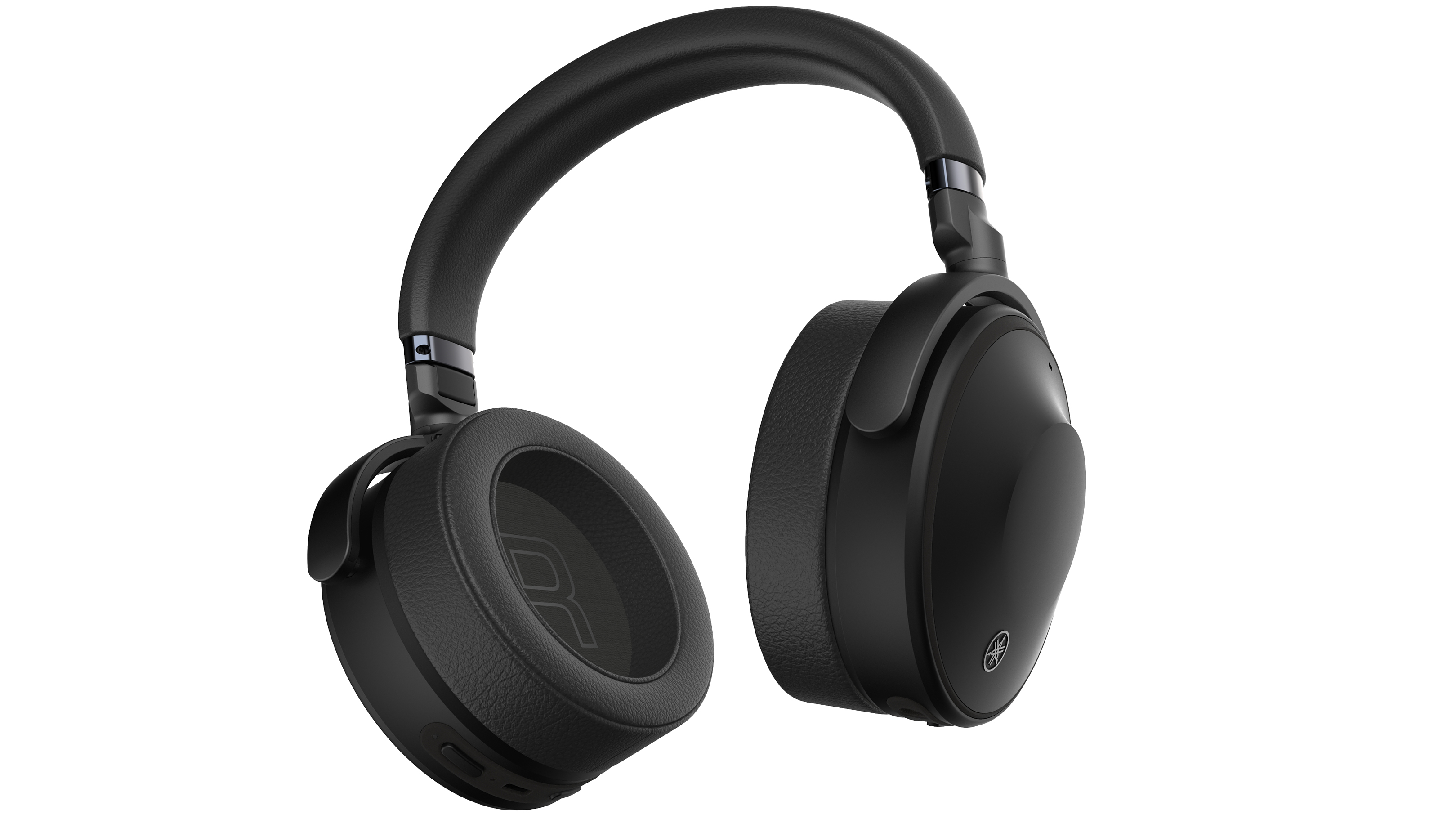
Powered up, things popped back into focus, and the ANC and Ambient modes were also available, though not volume control on the headphones, and since there’s no lozenge on the cable, you’ll need to use your device. But it’s worth doing so, because (as is invariably the case) the powered wired sound is notably superior to the powered Bluetooth sound in both clarity and impact, and with the bass response particularly strengthened in all the right ways. For maximum voltage AC/DC, this was the way to listen, and it is the path to enjoying the headphone’s best possible performance (again with ANC engaged, for the same de-bloating reasons noted above).
Yamaha also notes that in wired mode the headphones are capable of delivering high-res audio frequencies, as the headphones are rated up to 40kHz (no envelope stated), also down to 8Hz, which may explain the improved bass when Bluetooth was banished. They delivered fine high-frequency detail on the wildly percussive Six Pianos by Steve Reich – not to the elevated degree of open or planar magnetic headphones, but certainly a nice airy ambience considering these are closed cans.
Interestingly Yamaha doesn’t state high-res as being possible via aptX adaptive Bluetooth, despite Qualcomm’s own claims for the technology. Here Yamaha may be being sensibly cautious, as aptX and aptX HD are lossy not lossless in their data compression, though this is rarely stated. aptX Adaptive achieves its quoted 24-bit/48kHz streaming quality using remarkably low bit-rates, typically 279kbps to 420kbps, far below the actual 2304kbps of native 24/48 files, and also below the 576kbps of aptX HD, though Qualcomm claims this last reduction has been made through genuine coding efficiency.
Final verdict
While they give their very best with a cable attached, Yamaha’s YH-E700A headphones also perform admirably in wireless noise-cancelling mode. They are large, and don’t have quite the bells and whistles of some smarter models, but that all benefits their focus on the music, with a particular skill for going loud, and for a certain airy ambience even above a full and driving soundscape below. In this they rival and in some cases exceed the most highly regarded of their price competitors. Buy with confidence.
Sound+Image is Australia's no.1 mag for audio & AV – sister magazine to Australian Hi-Fi and to the UK's What Hi-Fi?, and bestower of the annual Sound+Image Awards, which since 1989 have recognised the year's best hi-fi and home cinema products and installations. While Sound+Image lives here online as part of our group, our true nature is best revealed in the print magazines and digital issues, which curate unique collections of content each issue under the Editorship of Jez Ford, in a celebration of the joys that real hi-fi and high-quality AV can bring. Enjoy essential reviews of the most exciting new gear, features on Australia's best home cinemas, advice on how to find your sound, and our full Buying Guide based on all our current and past award-winners, all wrapped up with the latest news and editorial ponderings. Click here for more information about Sound+Image, including links to buy individual digital editions and details on how best to subscribe.
